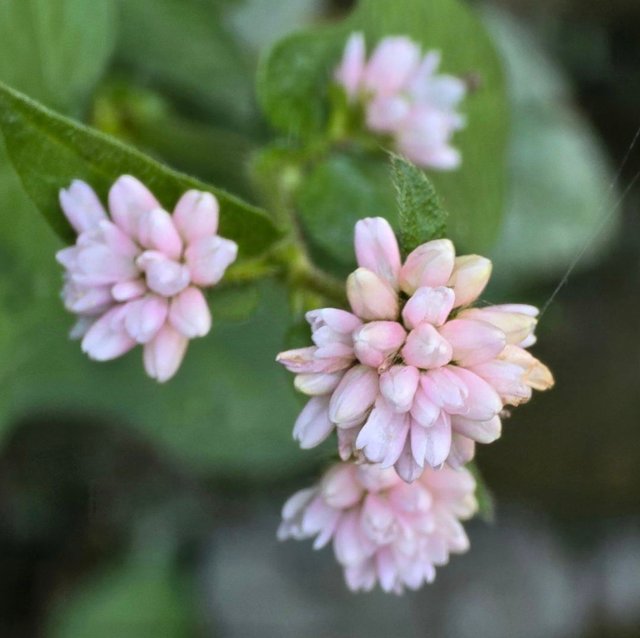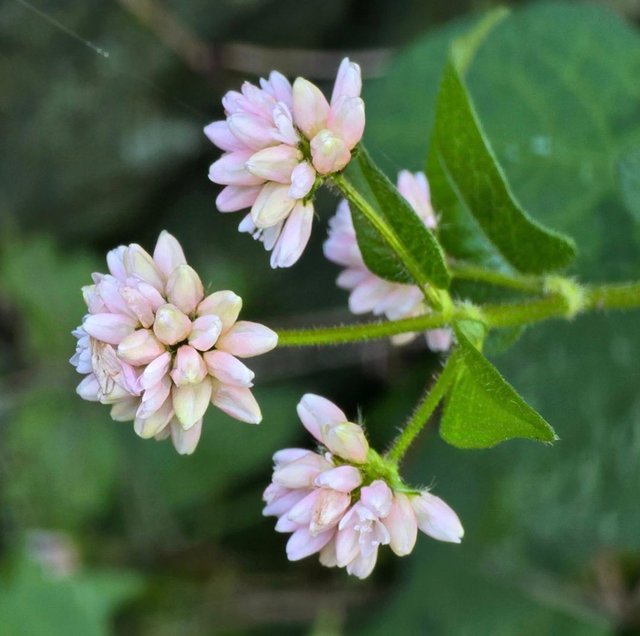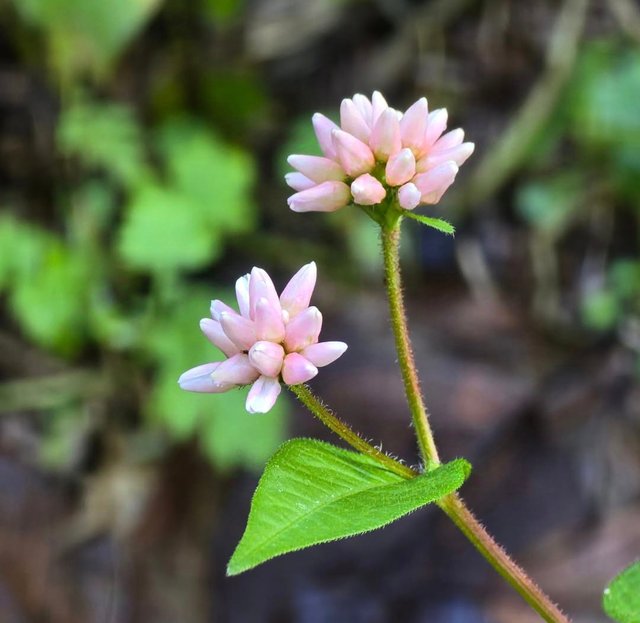Exploring the Arrow-Leaved Tearthumb Flower




The Arrow-Leaved Tearthumb is a fascinating wildflower native to North America. Its delicate beauty and intriguing adaptations make it a standout in wetlands, marshes, and along the edges of streams and ponds.Distinctive Leaves: As its name suggests, the plant is characterized by arrow-shaped leaves that are both striking and functional. These leaves, along with its vining stems, help it climb and sprawl across other vegetation.Small but Charming Flowers: The flower clusters are made up of tiny, pale pink to white blossoms that attract pollinators, including bees and butterflies.
The plant's stems are covered with small, backward-facing barbs that allow it to cling to nearby plants for support. These barbs give the plant its common name, “tearthumb,” because they can be quite sharp to the touch.Arrow-leaved tearthumb plays a vital role in its ecosystem. By stabilizing soil in wet environments, it helps prevent erosion. Its flowers provide nectar for pollinators, and the seeds are a food source for birds and small mammals.Though not widely used today, indigenous peoples and early settlers recognized the plant’s potential. Some traditional uses include treating minor wounds or inflammation. However, caution is advised due to the plant's sharp spines.
If you’re exploring wetland areas during late summer or early fall, look for its sprawling vines with triangular leaves and delicate flower clusters. Be careful when handling it, as the barbs can catch on clothing or skin.The Arrow-Leaved Tearthumb may not be the showiest flower, but it is a testament to the beauty and resilience of wetland flora. Its ability to thrive in challenging conditions and its role in supporting biodiversity remind us of the intricate balance in nature. Next time you’re near a wetland, take a closer look—you might just spot this remarkable plant.